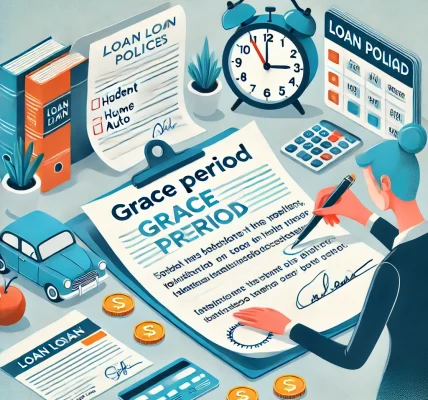Introduction
Applying for a loan can be a crucial financial decision, whether it’s for purchasing a home, expanding a business, or handling an emergency. However, a single mistake in the application process can lead to loan rejection, higher interest rates, or unfavorable loan terms. Understanding and avoiding these common pitfalls can improve your chances of approval and ensure a smooth borrowing experience.
In this guide, we’ll cover the top mistakes to avoid when applying for a loan and how you can make the best financial decisions.
1. Not Checking Your Credit Score in Advance
Your credit score plays a significant role in determining your loan eligibility, interest rates, and repayment terms. Many borrowers neglect to check their credit scores before applying for a loan, leading to unnecessary rejections.
✅ Solution: Check your credit score beforehand through official credit bureaus. If your score is low, take time to improve it by paying off outstanding debts, avoiding multiple credit inquiries, and maintaining a good repayment history.
2. Applying Without Researching Different Lenders
Many borrowers apply for a loan with the first lender they come across without comparing options. Different lenders offer varying interest rates, fees, and terms, and failing to compare them can cost you significantly.
✅ Solution: Research multiple banks, credit unions, and online lenders. Use online comparison tools to evaluate interest rates, repayment terms, processing fees, and prepayment penalties before making a decision.
3. Borrowing More Than You Can Afford
Lenders may approve a higher loan amount than what you actually need, but taking an excessive loan can lead to financial strain and difficulty in repayment.
✅ Solution: Calculate your loan affordability using an EMI calculator and ensure your monthly payments fit within your budget. Stick to borrowing only what you need to avoid unnecessary debt.
4. Providing Incomplete or Incorrect Documentation
Loan applications require proper documentation, including proof of income, credit history, identification, and property details. Incomplete or incorrect information can delay approval or lead to rejection.
✅ Solution: Gather all necessary documents before applying. Double-check that all details are accurate and up to date to avoid unnecessary complications.
5. Ignoring Loan Terms and Hidden Charges
Many borrowers focus only on interest rates and overlook other essential details such as processing fees, late payment charges, foreclosure penalties, and flexible repayment options.
✅ Solution: Read the loan agreement carefully. Ask the lender about all additional charges and clarify any doubts before signing.
6. Applying for Multiple Loans Simultaneously
Submitting multiple loan applications in a short period can hurt your credit score and make lenders perceive you as a high-risk borrower.
✅ Solution: Apply strategically. If you’re comparing lenders, do so within a short window to minimize the impact on your credit score.
7. Not Having a Stable Income Source
Lenders evaluate your repayment capability based on your income stability and employment history. Applying for a loan while having irregular income or frequently changing jobs may reduce your chances of approval.
✅ Solution: Ensure that you have a stable income and a steady employment history before applying. If self-employed, maintain proper financial records to showcase income stability.
8. Choosing the Wrong Loan Type
Each type of loan serves a different purpose. Choosing an unsuitable loan can lead to higher costs and financial stress.
✅ Solution: Identify your specific financial needs and opt for the right loan type (home loan, personal loan, business loan, loan against property, etc.).
9. Overlooking Prepayment and Foreclosure Terms
Some loans have strict prepayment penalties, making it expensive to close the loan before the tenure ends.
✅ Solution: If you plan to repay the loan early, check whether prepayment or foreclosure charges apply and choose a lender with flexible repayment policies.
10. Ignoring the Debt-to-Income Ratio
Your debt-to-income (DTI) ratio is the percentage of your monthly income that goes toward debt payments. A high DTI can lower your chances of loan approval.
✅ Solution: Maintain a DTI below 40%. Reduce existing debts before applying for a new loan to improve your eligibility.
Conclusion
Avoiding these common mistakes can improve your chances of securing a loan with favorable terms. By researching lenders, checking your credit score, borrowing responsibly, and understanding the loan agreement, you can make an informed financial decision.



